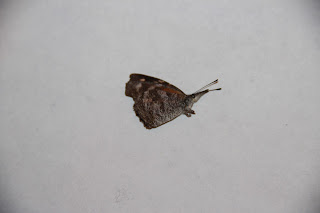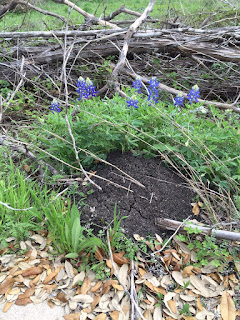Search This Blog
Questions about insects, spiders, scorpions or other creepy crawlers? Tune into this blog to learn about what's buggin' you!
Posts
Showing posts from September, 2018
Rain Bad for the Lawn??? Fungal Issues a Major Concern Right Now
- Get link
- X
- Other Apps



